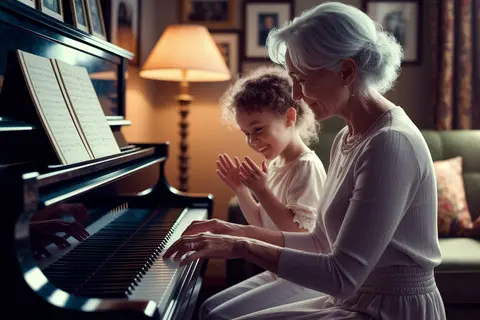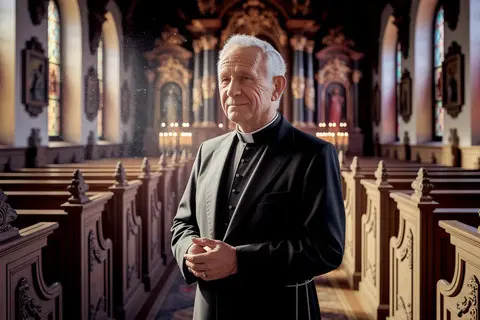Grief Is the Price We Pay for Love: Understanding, Feeling, and Healing
Explore grief as love’s cost: understand stages, feel deeply, honor loss, and heal with compassion, connection, and healthy coping.
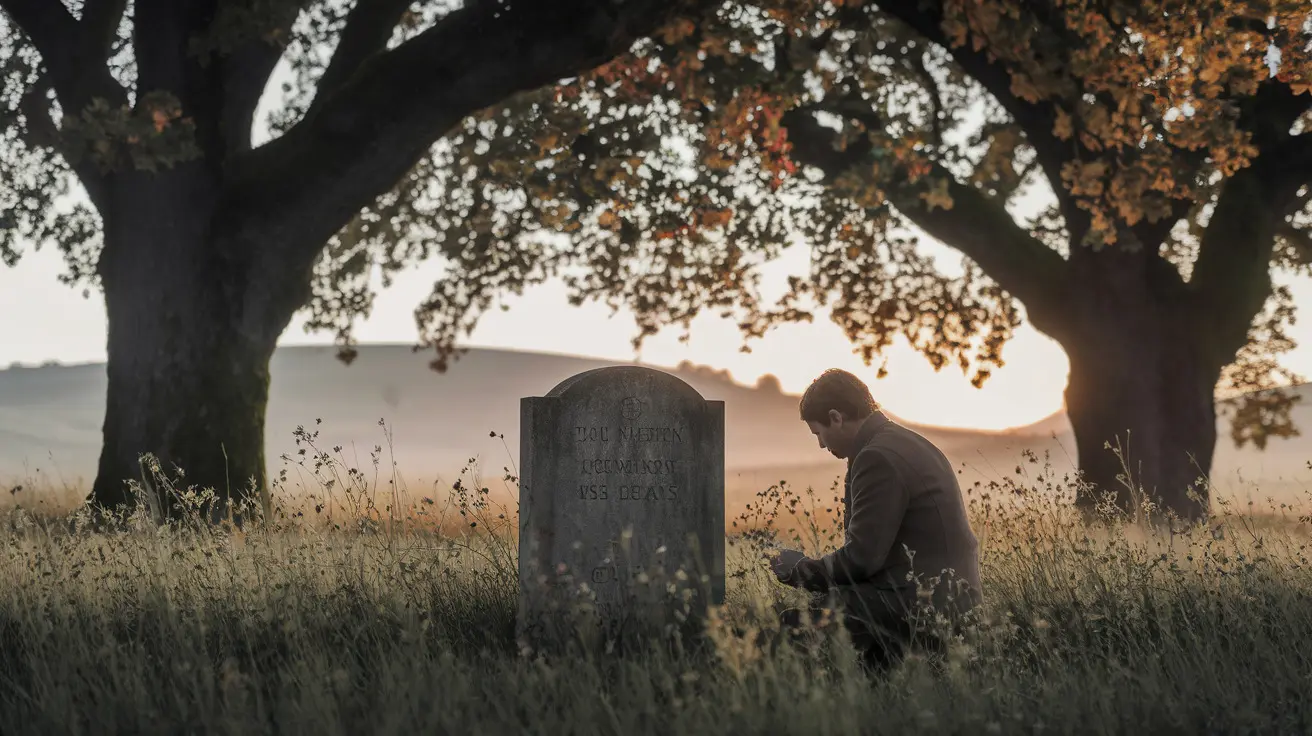
Grief is the price of love, which refers to the profound sadness that comes when close connections end or are transformed. It connects loss with the worth of the connection, not frailty or defeat. We all experience grief after death, a breakup, distance, illness, or life shifts. Researchers observe that grief can impact sleep, concentration, and physical health. Several traditions commemorate grief with communal meals and gentle nursing. Tales of families illustrate how love molds the manner in which grief manifests. In tough weeks, little gestures like a walk, a journal entry, or a phone call can provide release. Support groups and counselors assist in establishing a safe tempo. To set context, the following sections map signs, provide simple tools, and share voices that make the cycle feel less isolated.
" Grief and love sit side by side. Grief can only be where love was first. "
Key Takeaways
- Accept grief as the testimony that love counts and resounds in your heart. Allow this knowledge to melt self-judgment and open up space for recovery.
- Label what you are experiencing and acknowledge that no two grief processes are absolutely the same—daily check-ins to notice pain, anger, hope, or relief without rushing them away.
- Turn memories into anchors that steady you. Please list memorable moments, special quotes, or photos, and review them when you need solace or guidance.
- Respect your absence with a few strong ceremonies. Please light a candle, pen a letter, or organize a get-together that honors their ethos and your time together.
- Lean on connection for strength. Attend a support group, recount anecdotes to friends or loved ones, and extend concrete assistance such as cooking or shopping.
- Let grief open into growth instead of closure. Seek growth in compassion and purpose, and receive both sorrow and joy as a love that lives on.
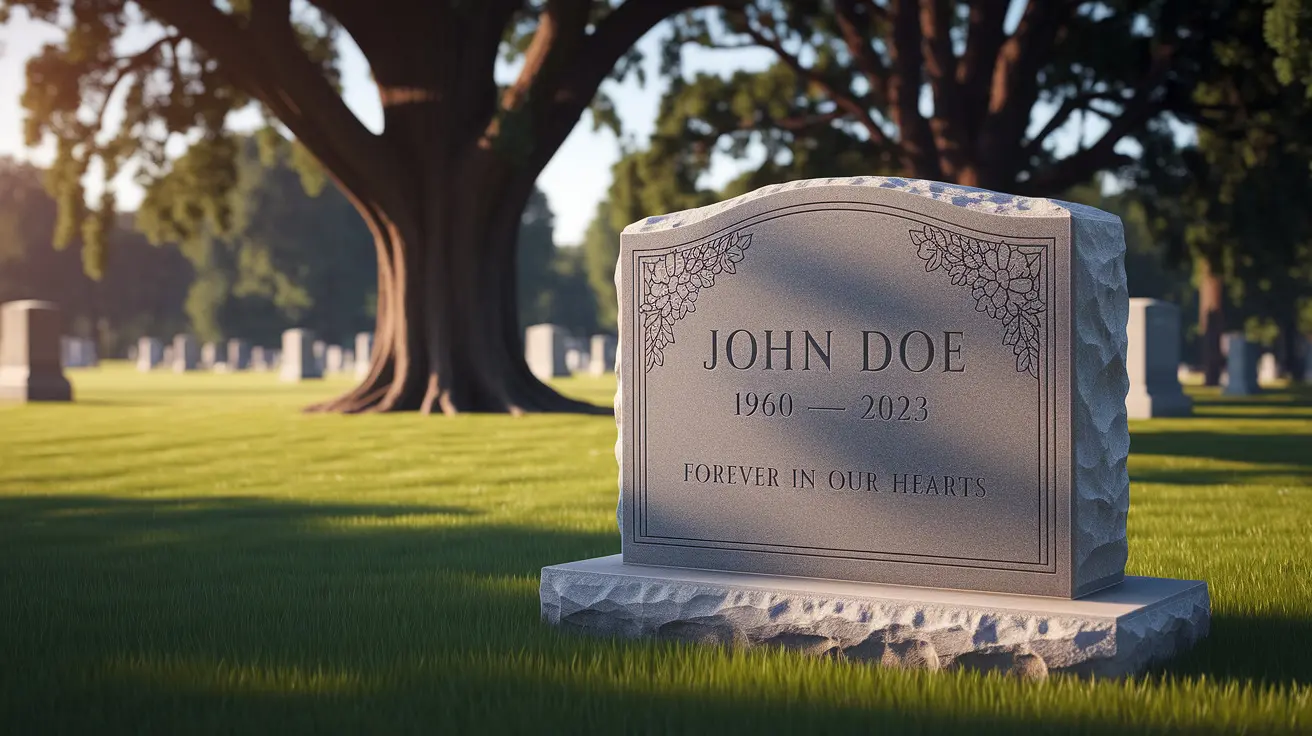
The Unbreakable Bond
Grief shows the bond that still acts on a life. It proves love doesn’t end with the final breath and weaves happiness and grief into a single strand. Grief is not a defect or affliction, but the price of a life together.
1. The Connection
Love prepares the soil for sorrow. When a tie has been built up through years of shared meals, birthdays, long walks, and silent assistance, loss reflects that significance.
A laugh across a table becomes a memory that warms and stings simultaneously. A plain dinner, a midnight ride, a little joke just the two of you knew — every scene proves the bond was genuine.
The heaviness you experience generally equals the intensity of your vow and the happiness you foresaw. Many would pay that price again, they say, because love and grief are two sides of the same coin.
2. The Absence
After a farewell to a companion, a sibling, a guide, the frame experiences the void. You grab your phone, check some stale messages, pull at your chest, and knot your gut. Photos on a shelf, flowers by the door, and the missing lunch chair all emphasize the emptiness. These signs can bring on tears and a bittersweet smile, because the connection can transcend a lifetime. Depression, a choked throat, bad dreams, diminished appetite — these are typical symptoms of separation, observed in humans and even other species. Grief counselors and some members of the funeral profession regard this as a normal reaction, not a defect. Public pages on grief, including Welsh, Danish, Japanese, Portuguese, and German articles, repeat this perspective, even if some assertions are controversial and some links are dead, with more sources requested in 2020 and 2021.
3. The Reflection
Grief can open a space to ask what the person taught you: how to listen, how to forgive, how to cook simple soup on a hard day, how to show up. Making a quick list helps: the line they said before a big exam, the day they waited with you at a clinic, the shared song on a long bus ride, the photo text a friend sent last spring that still brings calm.
Let tears and small laughs come. That blend matures you.
4. The Tribute
Light a candle, tell a dinner table story, and put a picture in your path each morning.
Jot a note on cheap paper. Thanks. Tell what you miss, and talk back about what you will keep.
Reserve a meal or a silent ceremony. Evoke those who shared their sweet side and their jagged edges.
Sustain their cause. Donate time or money. Endorse an initiative. Practice their ideals in your routines.
The Emotional Landscape
Grief and love sit side by side. Grief can only be where love was first. This is why loss hurts, why the ache makes sense cross-culturally, across ages, and across types of bonds, even the loss of an animal we termed family.
- Throbbing pain in the chest on a dull day.
- Anger at fate, systems, or small mistakes
- Afraid of losing more or a future that shifted.
- Joy that rises in memories, then slips away
- Hope that shows up in small, steady steps
Longing is one of the most frequent grief emotions, and yet most don’t even have a word for it. The word saudade in Portuguese captures that deep, tender pull. German speakers have sehnsucht for that piercing, persistent, almost unbearable desire when reuniting is uncertain. Many notice “emotional blinkers” that narrow the world: a scent, a quiet room, a date on the calendar, and then the heart sinks and focus vanishes. In those stretches, non-acceptance can feel safer, with if onlys and what ifs loops playing for months or years. It’s okay. Grief is love that has nowhere to go.
Mourning’s marks attempt to sculpt that internal tempest. Black armbands show up in football and cricket following a death and in police, fire, and military ceremonies. Flags fly at half-mast, a 17th-century custom, quarrelled about as to height. British instructions position the flag two-thirds up, hoisted to the finial momentarily when raised or lowered. We have used mourning stationery with a thick black border since the 17th century, thicker for closer ties, and a widow’s cap once denoted first mourning in the 19th century. These rituals don’t heal suffering, but they declare this significance.
Grief migrates. Others experience it most acutely in perinatal bereavement, where an envisioned future shatters. Rates are elevated, and the threat of severe symptomatology is genuine. Children mourn in spurts, often through play or acting out. Group work, play therapy, and CBT can aid. Pet loss can be as profound as any human loss. Euthanasia can scrape the edges of guilt, and animals grieve for one another. Everyone’s cycle is different, despite the stage models given in pop psychology. The Kübler-Ross list is well known but a poor evidentiary standard and can be misleading. Experienced counseling, background taking, conversations, and standardized methods provide consistent support among counseling, social work, and psychotherapy. About nine months in, many learn the quiet truth: grief does not end because love does not end.
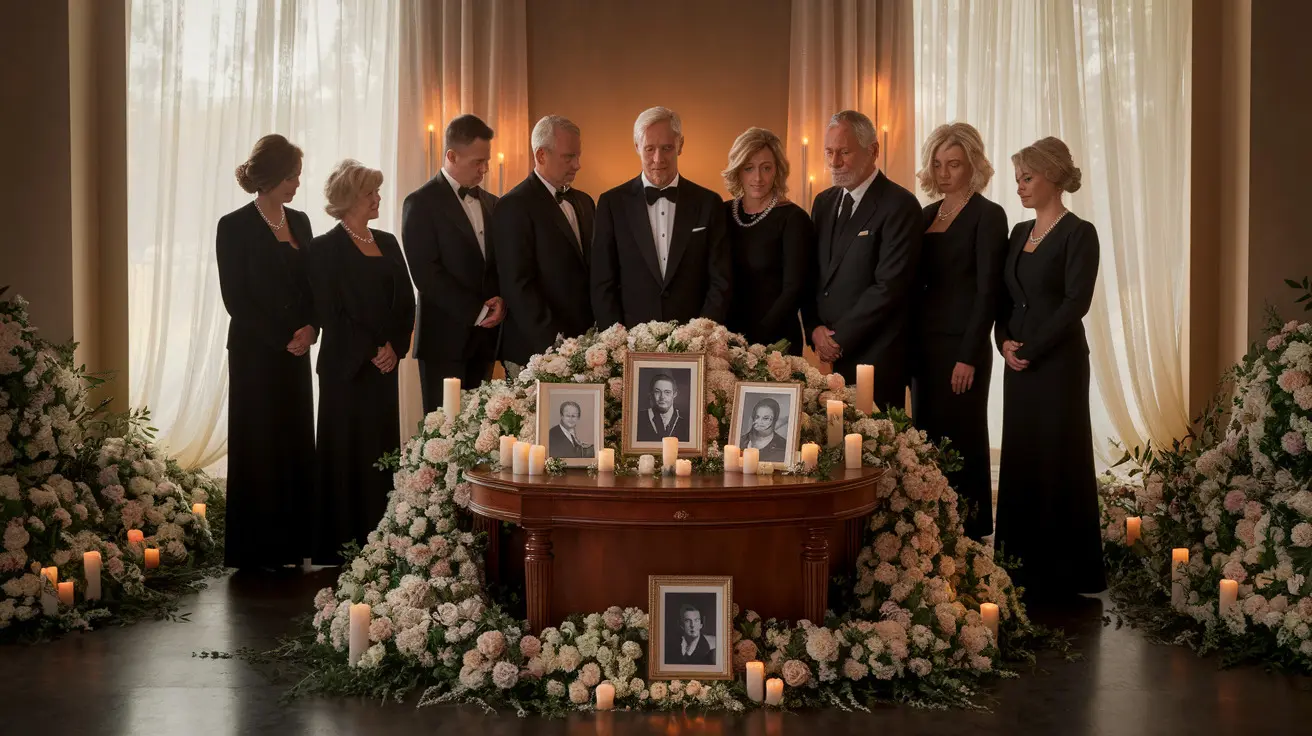
Healing Through Connection
Grief and love linger side by side, with each emotion revealing the worth of the other. Connection steadies the swing described by the dual process model: we face the losses, then turn to daily life, and back again. Healing thrives when we put words to what we’re experiencing and allow others to encounter us in that space of bereavement.
Shared Stories
Stories have the form of a life; in telling them, pain finds a home. They include, to the extent possible, brief vignettes, small lessons, and moments of humor. They soothe the pain and respect the individual.
Gather photos, voice notes, and texts into a tribute book or digital album. Online mourning aids this. Social networks and memorial pages accumulate condolences across borders and time zones.
Most of us feel ‘there there’ after death. Research going back to 1886 indicates that approximately 10% of the population reports benign hallucinatory experiences, a finding replicated in recent studies, though rates differ depending on the criteria used. Such experiences can comfort healthy mourners; naming them can dissipate fear and shame.
Make space for other grief. Reproductive loss is invisible and longs for a tender room. Siblings with long, close bonds and childhood hours between them may grieve differently. Let each voice be heard.
Use open circles—no scripts, just a precise aim: each person speaks and is heard. Stories hold wisdom close in ordinary time.
Collective Rituals
Rituals provide poison to the body and the clock. Light sympathy flowers or a candle, take a moment of silence, or participate in services that suit your custom. In a few Christian communities, a Requiem Mass is prayed for the dead. A Month’s Mind—approximately a month after death—commemorates that initial brutal stretch, with sermons and, in certain areas, a communal meal. Ancient burial rites, interring the body or ashes in the earth, reveal how cultures have always connected remembrance to location. Archaeology continues to discover such vestiges. Start new traditions too: an annual walk on a shared path, a playlist played each year, a group art piece, or planting a tree. These gestures don’t reject suffering; they embrace it and link old affection to new compassion.
Mutual Support
- Form a small peer group; rotate hosts and themes.
- Participate in moderated forums or local meetups. Seek explicit guidelines.
- Use national helplines and charities. Compassionate Friends UK assists parents with local groups and online help.
- Consult a mentor, faith leader, counselor, or elder to lead difficult conversations.
If grief lingers or shuts down life, think of clinical assistance. Prolonged Grief Disorder, impacting roughly 10% of the bereaved, requires symptoms to linger for six to twelve months. Major depressive disorder lasts two weeks or more with low mood, low self-worth, and loss of interest. It damages sleep, work, and health, and is diagnosed by reported experience and exam.
Offer simple help: cook a meal, pick up kids, or do a shop. Keep conversation open around setbacks and small victories, and celebrate baby steps: one full meal, one short walk, one calm night. Shared effort creates significance and a route back to relevance.
The Resilience of the Heart
Grief is not a disease or a flaw. It is an instinctive response to loss, a weight that can be a mooring. Love and grief coexist, two faces of the same coin, and the heart can love and grieve simultaneously. Tears are the wisdom of the heart, and they are sacred. The song, a dear one strummed on the piano of your existence, will never resonate in quite the same way, but it can be embraced, rewound, and treasured. Over time, the heart heals and moves on, even when life shifts in cruel, abrupt manners.
How Grief Widens Care
| Situation | What grief taught | Compassionate action |
|---|---|---|
| Caregiver facing anticipatory grief before a parent’s death | Pain arrives early and in waves; love can still grow | Checks in on others in long illnesses, not only at the end |
| Miscarriage in the first trimester | Loss is real even when unseen | Advocates for gentle care, includes partners who often feel left out |
| Pet loss in a home with strong pet humanization | Bonds with animals carry deep meaning | Acknowledges pet grief without jokes; helps make simple goodbye rituals |
| Friend excluded by family after a breakup | Disenfranchised grief isolates | Names the loss, offers support when formal rituals are missing |
Stories of Renewal
Following his wife’s passing, a programmer launched a community grief hotline that now operates three evenings a week, a true inspiring story of love and resilience. Hearing was his tribute to love. A nurse who kept vigil in anticipatory grief throughout a sibling’s prolonged illness then studied death education alongside a thanatologist, gaining valuable insights into the grief cycle. She now shows teens basic techniques for discussing death and mourning, helping them create and evolve their understanding of loss. A couple who lost a pregnancy initiated one monthly circle at a clinic, creating space for both partners’ voices. Across cultures, public mourning has helped many heal, illustrating the profound worth of shared sorrow in holding a community together.
Kinds of Grief, and What Helps
Anticipatory grief has been contested since the 1940s. Research reveals both solace and tension. It appears in non-death losses. Pet grief can be complicated by anthropomorphism. Some studies show higher rates among specific demographics, and existing scales are controversial. Melancholia is used to identify a general conjunction between low mood and bodily symptoms. Contemporary depression is different, and grief itself is not a disorder. When grief is limited, even ordinary losses become disallowed. What helps: name the loss, learn basic death education, build small rituals, visit a grave or a quiet place, cry when tears come, and keep loving the life that remains.

Echoes in Art and Culture
Art preserves the connection between love and loss. It reminds us that grief is the twin of love and that memory comes in waves. Through the ages, artists recycle ancient emotions and then reinvent them. Those echoes help so many of us confront our pain and even create new work.
Books, music, paintings, and films circle the same truth: the deeper the bond, the sharper the break. Novels chart the hushed chambers of grief, from epic family sagas to austere, contemporary pieces that commune with silence. Songs have what speech lacks, a single intoning naming what we conceal. Paintings translate primal emotion into line and luminance. Vincent van Gogh’s 1882 drawing Sorrow captures a frame bent under protracted, resigned grief. Movies map these death rites — wakes, funerals, and the gradual re-emergence of everyday life — as well as the spaces of ambiguous loss when no closure really exists, following a disappearance, infertility, or dementia. That absence of closure arrests mourning and requires delicate nurturing.
Nothing says what we cannot, like quotes, poems, and stories. Some celebrate deferral of impact, the ego’s strategy to push back our experience so we don’t witness what fuels it. Wikipedia marks it as psychoanalytic jargon, often wielded against fury and sorrow. Other pieces identify protracted and complicated grief, when process elements get stuck. Cultural artifacts contain context as well. Mourning rings from the 17th through 19th centuries contained names, dates, hair, and small stones. The Victorians stoked it further by marketing mass-produced ones with pictures. Academics argue this signaled new methods of taking advantage of grieving consumers. Fashion changed in the process, as sewing machines and dyes accelerated production and magazines and stores disseminated a standard text for wearing mourning. Rituals differ. Contemporary cremation utilizes a closed furnace in a crematorium, resulting in approximately 2.4 kilograms of ashes that families can bury, inter, keep, or scatter. In certain nations, open-air pyres continue to be customary. Public rites matter as well. National days of mourning lower flags to half-mast and build a community of grief, a brief social exception shaped by ritual. Faith and peer spaces assist as well. The Miscarriage & Infant Loss Memorial Book, established by Myke and Dr. Miriam Rosenthal-English in 1995, collected prayers across all faiths up to 2011 and then directed individuals to the Poor Clare Sisters in Wales. Morning Light Ministry in Canada still ministers to grieving parents. Professionals add structure. ADEC, a multidisciplinary membership group for death education and supportive counseling, studies death, dying processes, loss, and grief, and shares ways to restore resilience, including for ambiguous loss.
Recommended works for comfort and insight:
- Book: A Grief Observed by C. S. Lewis — raw notes on love’s cost, faith under strain, and the slow return of meaning.
- Book: When Breath Becomes Air by Paul Kalanithi — a doctor meets his death and writes about purpose and ties with tender clarity.
- Novel: The Year of Magical Thinking by Joan Didion — sharp, spare prose on shock, memory loops, and the mind’s need for control.
- Poetry: Mary Oliver’s “Wild Geese” — a gentle call to belong to the world again when sorrow isolates you.
- Song: “Fix You” by Coldplay — simple phrasing and build that holds the ache of care when healing lags.
- Film: Departures (Japan) — dignified scenes of body care, ritual, and the quiet bonding of the living.
- Film: Coco (Mexico-inspired) — family memory, music, and how naming the dead keeps love close.
Related Tips
The Myth of Closure
Closure sounds tidy, but it’s a slick-media-made term that assures an ending that often does not exist. The five stages associated with Elizabeth Kübler-Ross were about people confronting their demise, not a blueprint for bereaved individuals. When we approach grief like a sprint with a clear finish line, we doom people to experience themselves as deficient. Grief doesn’t stop; it transforms in its density and its form. It gets woven into our narrative, how we demonstrate affection that extends beyond a body, a career, a home, an aspiration.
Ambiguous loss compounds the closure myth. In the 1970s, Dr. Pauline Boss coined this type of loss, where you can’t fix what’s been lost. A parent with Alzheimer’s is here but not here. A partner lost to addiction is here but not. These losses obstruct neat meaning-making and stall grief when we insist on answers. Western habits of mastery and control urge us to mend what cannot be repaired. Acceptance trumps control. We can embrace grief and happiness simultaneously.
Grief arrives in different styles. Psychologists Terry Martin and Kenneth Doka call touchy-feely grievers those who weep and identify deep anguish, and cool analytical grievers who get to work and feel hollow inside. Both are natural, and both can love and harm. Knowing your style helps plan care: counseling that invites tears, work that gives structure, or both. Support might be a wake focusing on communal narratives, a therapy dog dropping by a hospital, or a ritual keening — the death wail — heard from Australia to Asia, Africa, the Americas, and ancient Celtic regions. None of these can cure grief. They provide it so life may proceed.
In the digital age, thanatosensitivity and thanatechnologies sit with our data after death. HCI teams study how we pass on messages, photos, and accounts, and how access works for people left behind. These choices are hard, which is why interdisciplinary work matters. Public grief can surge too—mourning sickness after celebrity deaths, sped by grief porn media. Some losses carry stigma, like suicide. Each death by suicide touches about 135 people who may face blame and longer pain. Across cases, the task is not to move on but to move with. Meaning grows when we revise bonds, rebuild identity, and find new hope in small, lived steps.

Conclusion
Love leaves behind marks that loss can never erase. Grief reveals those marks with searing brilliance. It can sting on a quiet bus ride. It can come up with a song on the radio. A photo can tug tears and a gentle smile simultaneously. That combination signifies the connection still survives.
Little things can assist: a quick stroll at sunset, a call with a friend who ‘gets it’, a typical dinner that illuminates the living room. Art helps: a poem aloud, a movie that captures the pain perfectly, a song with a name.
No tidy conclusion. Just a heart that beats new lessons. Piece by piece, moment by moment. All the caring remains.
GRIEF IS THE COST OF LOVE. Post a line, a memory, or a tip that most helped you. Let’s create a warm, calm space.




